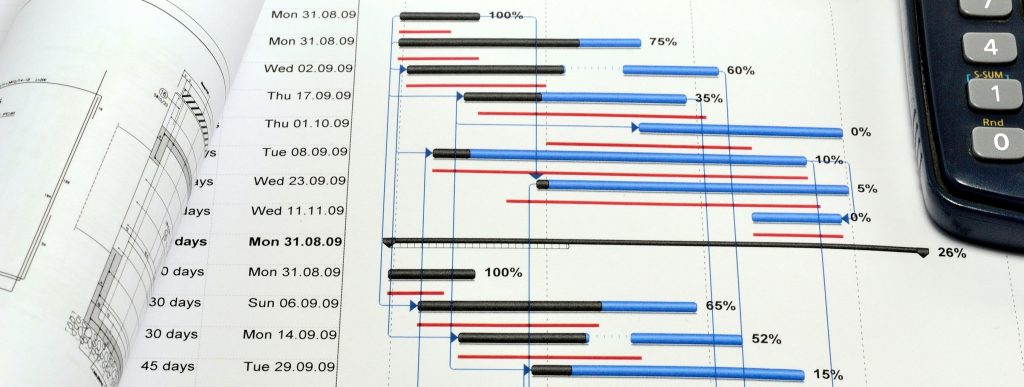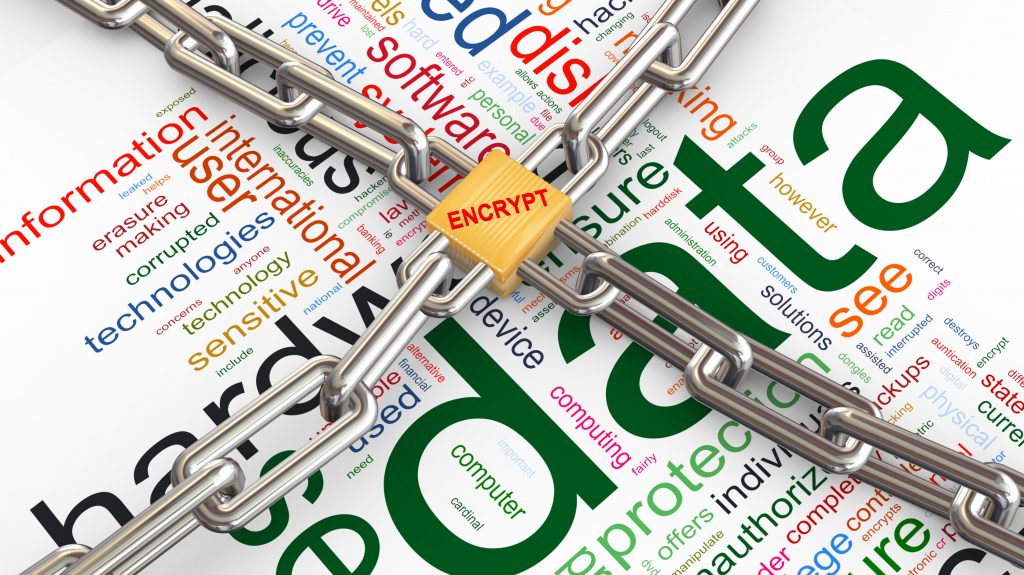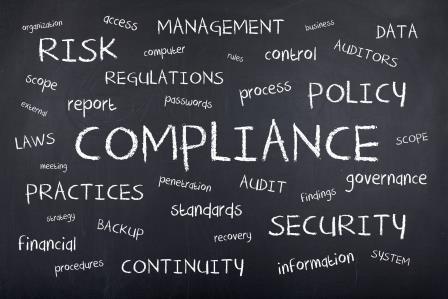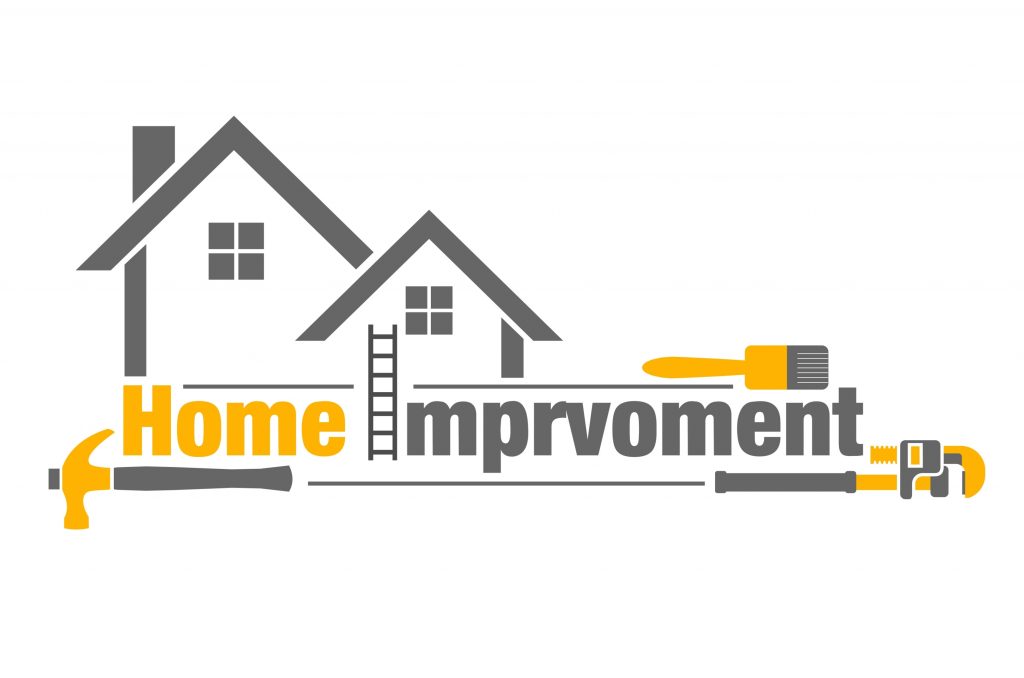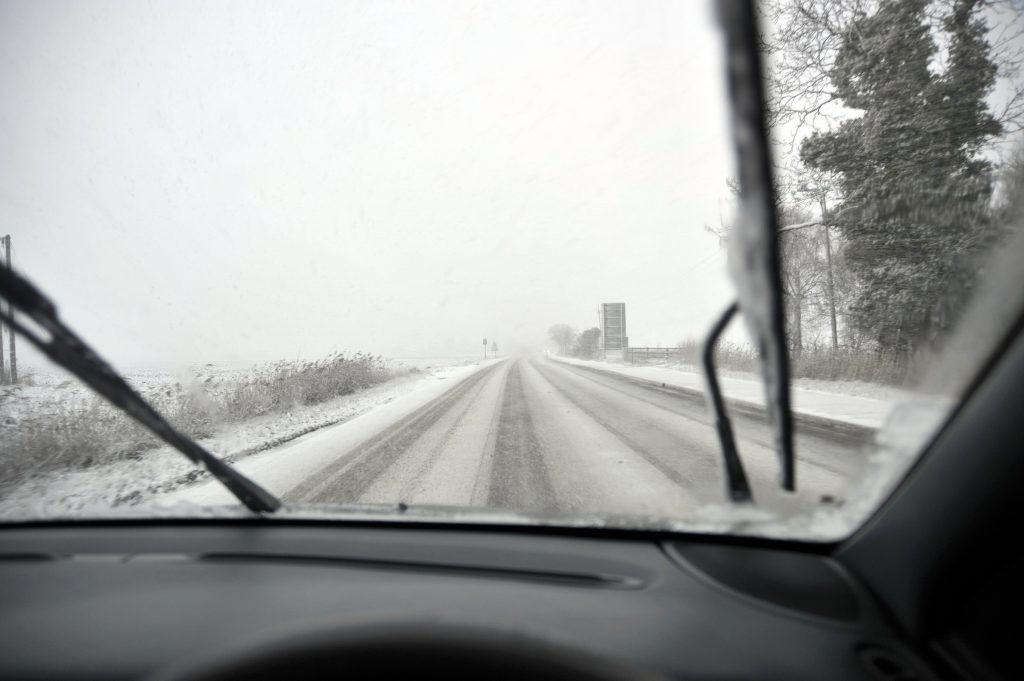
The Office and Reducing Risk
Fans of the Ricky Gervais and Stephen Merchant classic, The Office, will know that office life can sometimes be a risky business. This article looks at how offices, post Brent, can stay safe places in which to work.
In the BBC comedy, The Office, workers were faced with being head butted by David Brent, hit by shoes thrown across a pub rooftop by Finchy or slips & trips caused by jelly left on the floor as Gareth attempted to retrieve his stapler.
While most offices are typically devoid of severe life-threatening hazards, that does not excuse your company from supporting a feckless health and safety policy. In fact, that kind of lackadaisical approach may instead create unsafe working conditions and contribute to poor health and safety in office-based companies—directly contributing to workplace injuries. For that reason, it is essential that your company conducts a comprehensive risk assessment at least once a year.
When conducting your inspection, here are five of the most prominent hazards that you should be aware of:
- Slips and trips
- Manual handling of paper and standard office equipment
- Display screen equipment
- Stress
- Lone working
So what else can you can to improve office safety and reduce mishaps in the office?
While they may be one of the last things on your mind at the office, there are potential safety hazards all around you. To prevent injury and promote office safety, incorporate the following precautions into your everyday routine.
Crowded Workplace Cautions
- Immediately clean up spills, melting snow and rain water from your shoes when entering the building to avoid tracking in a slippery mess.
- If you notice a spill, alert maintenance staff and place a wet floor sign in the area. Remove the sign as soon as the floor is dry.
- Never run in hallways or aisles.
- Clear clutter such as rubbish bins from hallways and aisles.
- Never run a cable so that it crosses a passageway. Find an alternate way of attaching it.
- Always use handrails as you walk down stairs.
- Use the lift if you must carry a heavy box to another floor.
- Open doors slowly to avoid hitting someone on the other side.
Workstation Safety
- When you are not using desk and file drawers, close them.
- Do not place file cabinets near doors or in high traffic areas of the office.
- Place heavy loads only on the bottom shelves of file cabinets and open one drawer at a time when retrieving items.
- Be cautious when using sharp items such as letter openers, staplers, craft knives, etc., and store them safely in drawers when not in use.
- Open drawers only with the handle to avoid getting your fingers stuck.
- Avoid paper cuts by handling documents carefully and slowly. Use a rubber thimble if you will be handling large quantities of paper.
- If you need to reach something on a tall shelf, find a stepladder. Do not stand on a chair or desk.
- Avoid eating or drinking near your computer to avoid spilling on it.
Be Prepared
Look around the office and identify the possible safety hazards. If you find any hazards that you think need attention, talk to your supervisor. If you develop a safety conscious attitude, you can become aware of office hazards and take the appropriate precautions to avoid them.

